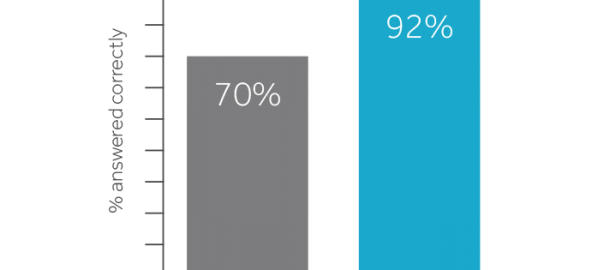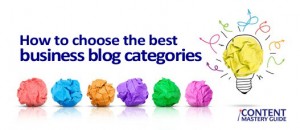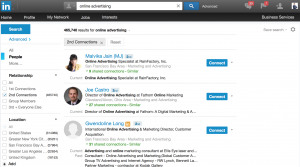
Have you heard about whiteboard videos or video scribing? If you have, you probably know that corporations and educational groups rave about them as visual media for teaching and training. Heck, maybe even your company or your competitors are using them.
Whiteboard videos are in fact very effective in improving the learning process. But the question we’ve been asking is, why are they effective? And how is it possible?
In this post, I’ll give you some insight into that.
1. A Massive Increase in Audience’s Recall Ability
Almost all case studies support the argument that whiteboard videos are the go-to media for corporate training. But here I’m going to explain the psychology that makes whiteboard videos that good.
Dr. Richard Wiseman published research about whiteboard videos. He discovered the reasons that whiteboard videos outperform ordinary videos in memory tests, problem solving, shareability and overall impact on the audience.
In 2012, Dr. Wiseman recorded a video of himself explaining on a subject. Later, he created a whiteboard video using the exact same audio. He tested viewers’ memory after they watched one or the other, to see which one helped them learn the best.
You guessed the result correctly.
The overall results showed that viewers who watched the animated video answered 92% of the memory test correctly. This is a significant improvement (as seen from the academic research point of view) from the test results of viewers who watched the live recording video of the same subject, who on average scored 70%.

On one of the questions in Dr. Wiseman’s research, 92% of whiteboard video viewers recalled the answer correctly–22% more than those who had watched the ordinary video.
2. It’s an Attention Magnet
This is “simply because people are more engaged in the process,” says Wiseman.
We know that in order to remember something, you need to attend to it in the first place. If you haven’t got people’s attention, you’re not going to get the information in. I think what the animations do is hold that attention. They hold it in an incredibly engaging way.
More often than not, your audience will appear bored and will yawn during videos that feature safety talks, product demos, or generally anything with a hint of tediousness in it. The question remains: How can you win the attention of the people in front of you? How can you get information from inside your head to theirs?
One way would be to use whiteboard videos. (Though other options are available, depending on whose attention you’re trying to win.)
For instance, explainer videos (regardless of the animation style) are preferable for attracting a younger target market, whereas whiteboard videos excel in a more formal and strictly educational manner, such as for corporate training videos or seminars.
3. Whiteboard Videos Put People in Good Moods
The second reason Dr. Wiseman gives is that whiteboard videos are fun.
How does that make any difference, you ask?
You do anything better when you’re in a good mood … creativity, productivity, learning. … One thing [whiteboard animation] does is make me laugh, and it puts me in a good mood … Suddenly, it’s not so much work. It not only makes them have a better time, more importantly it means the information is just going in.
You know it’s true: Your colleagues wouldn’t want to sit through another set of PowerPoint slides that seem to have no end. Like other types of visual content, whiteboard videos are better at making your audience feel more relaxed and the content more fun than PowerPoints or textbooks.
How could someone prefer a textbook of blabber about a product over this fun-looking video?
4. Whiteboard Videos (and Other Animated Videos) Spark the Will to Learn
So far we’ve learned that whiteboard videos are fun and engaging and they amplify the audience’s ability to recall information. Those are exceptional qualities. But get this: Just by making information visual by using animated characters, you can get not only your audience but virtually anyone to learn.
As quoted in research published by SafariMontage, a survey found that a whopping 92% of teachers agree that the availability of whiteboard videos and animated videos in general improved their students’ learning. It enabled them to be more creative in the classroom.
This suggests that whiteboard videos are a valid medium for facilitating information transfers from one mind to another. For corporations, information transfer can be in the form of employee training, safety education, or internal seminars.
Takeaway
Here is the shortened explanation of why a whiteboard video is the best choice for corporate and educational videos:
- Whiteboard videos are attention-grabbers with numerous fun elements.
- They expand viewers’ recall ability by 22% compared to live video.
- Whiteboard and other animated videos spark curiosity and the eagerness to learn more about a subject.
- Whiteboards and other animated videos are dopamine triggers, which will put your viewers in a good mood to learn.
What do you think about whiteboard videos? Are they viable for use in your next corporate meeting?
Digital & Social Articles on Business 2 Community(85)






